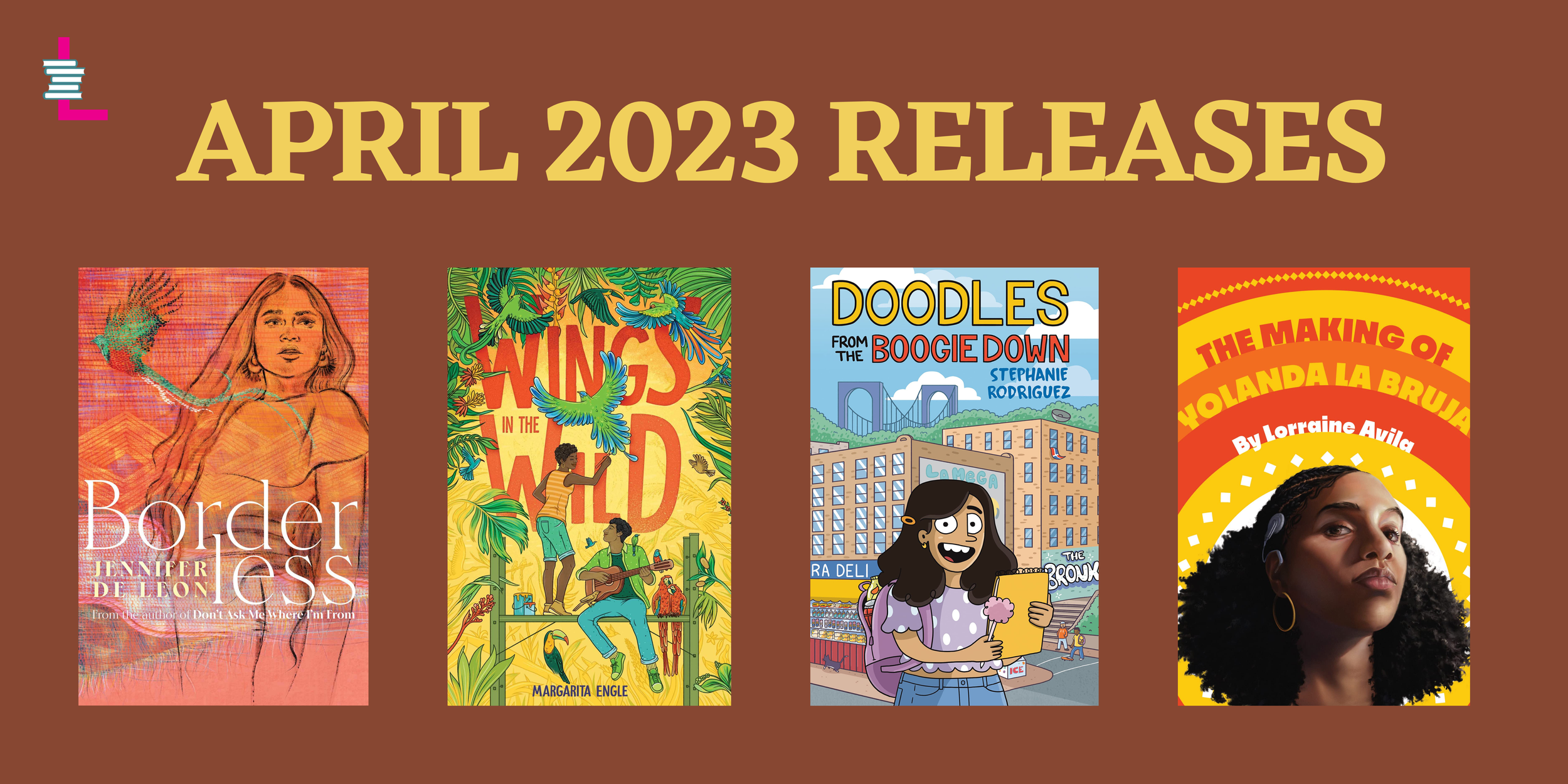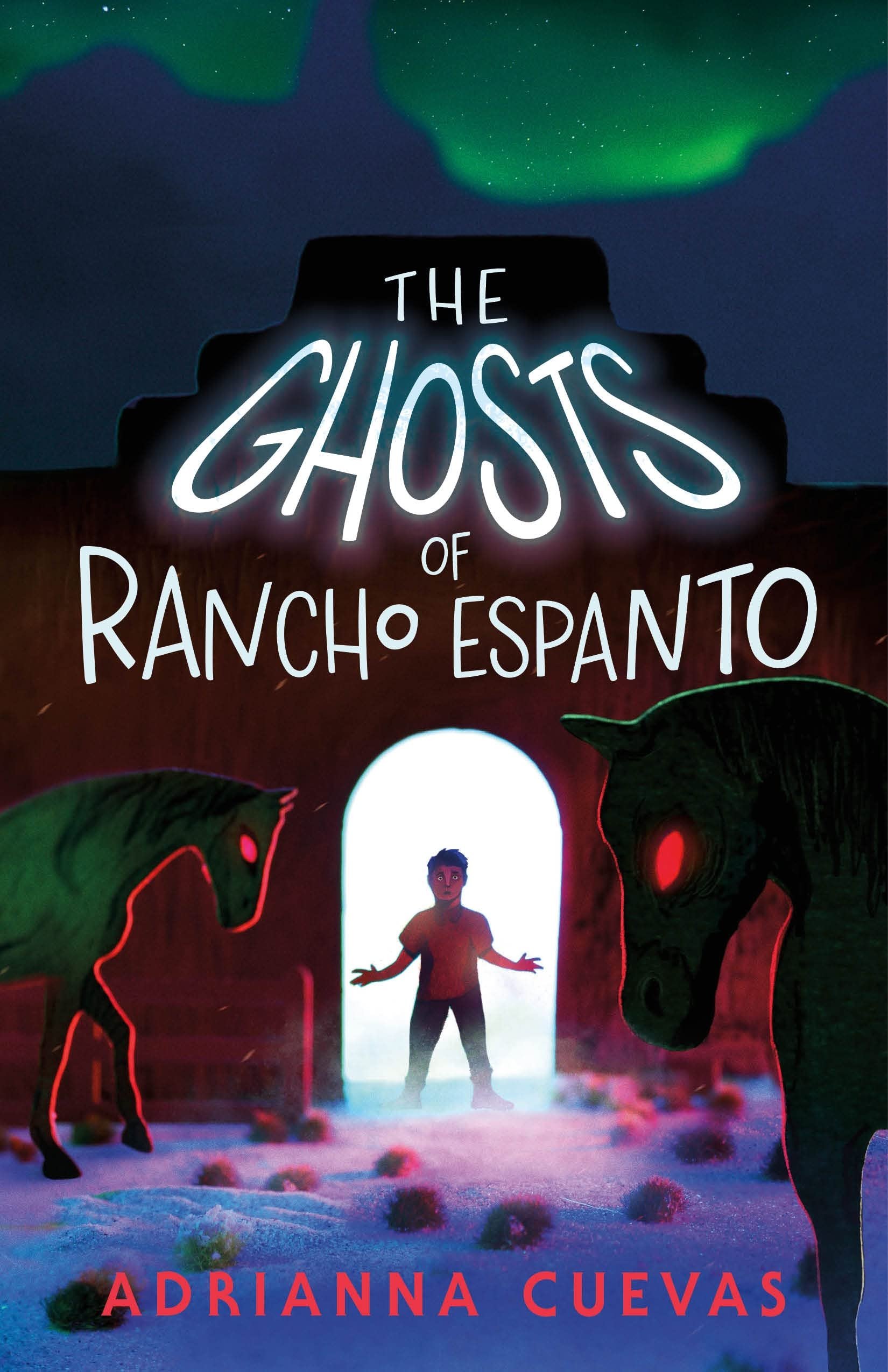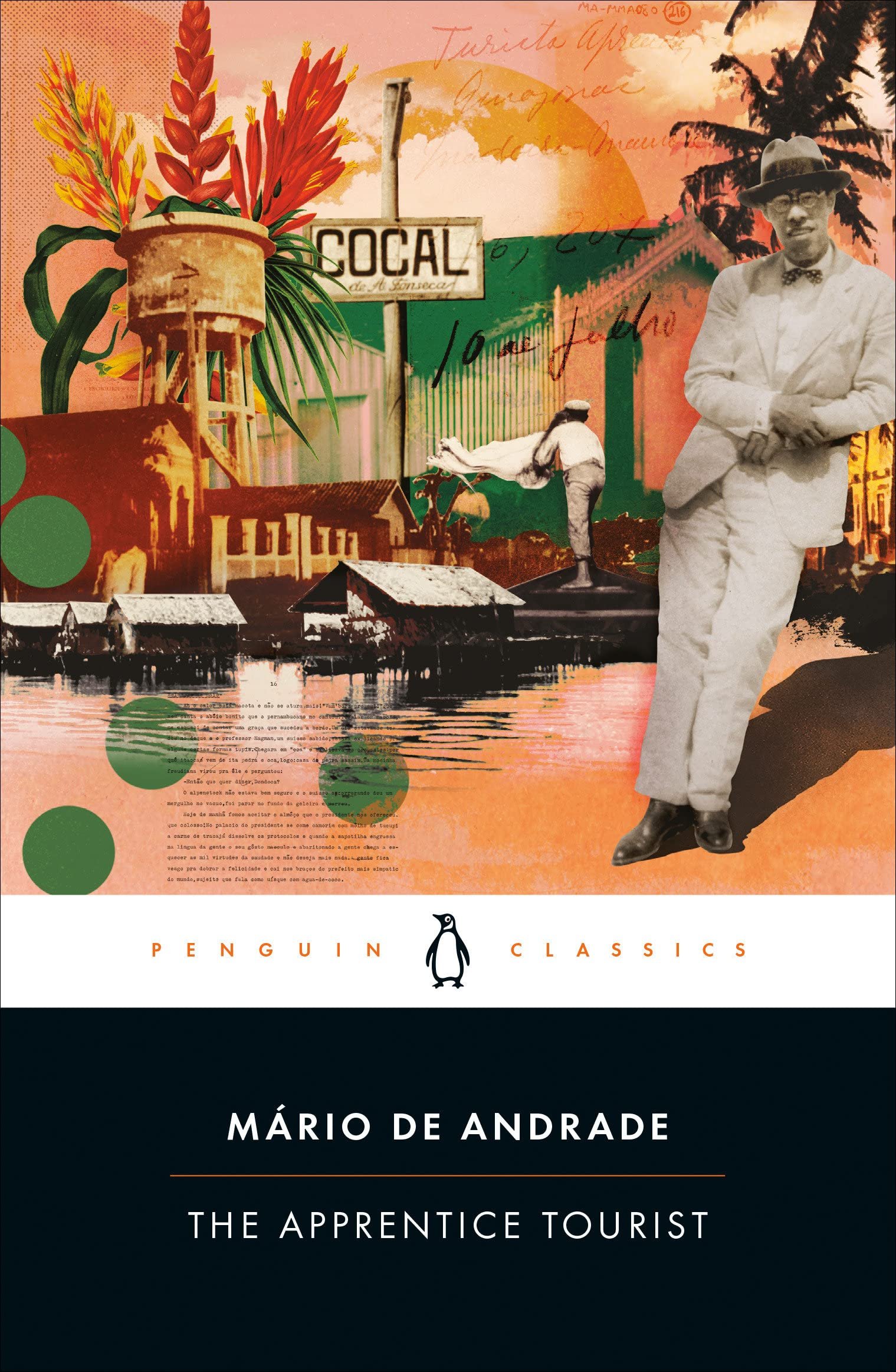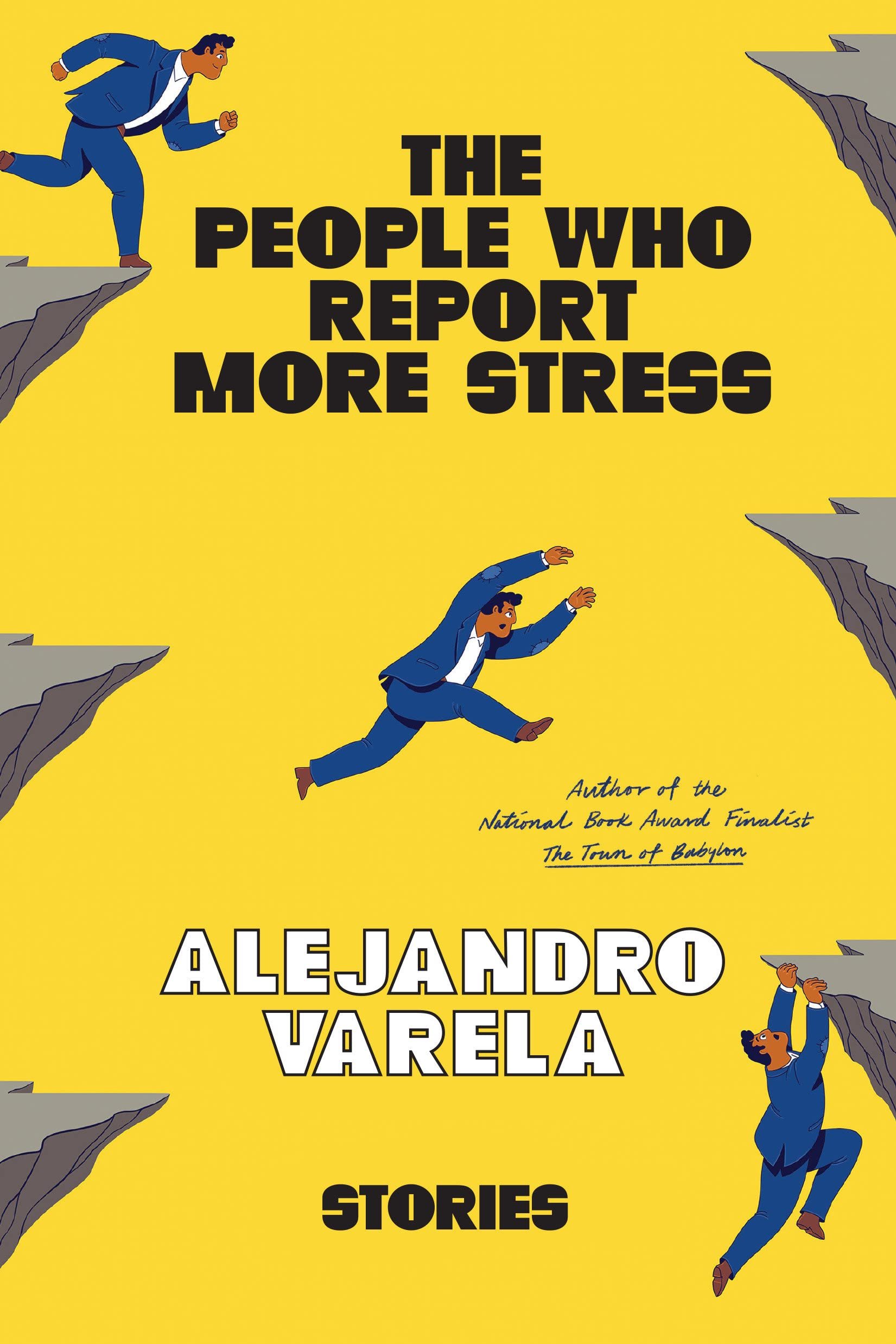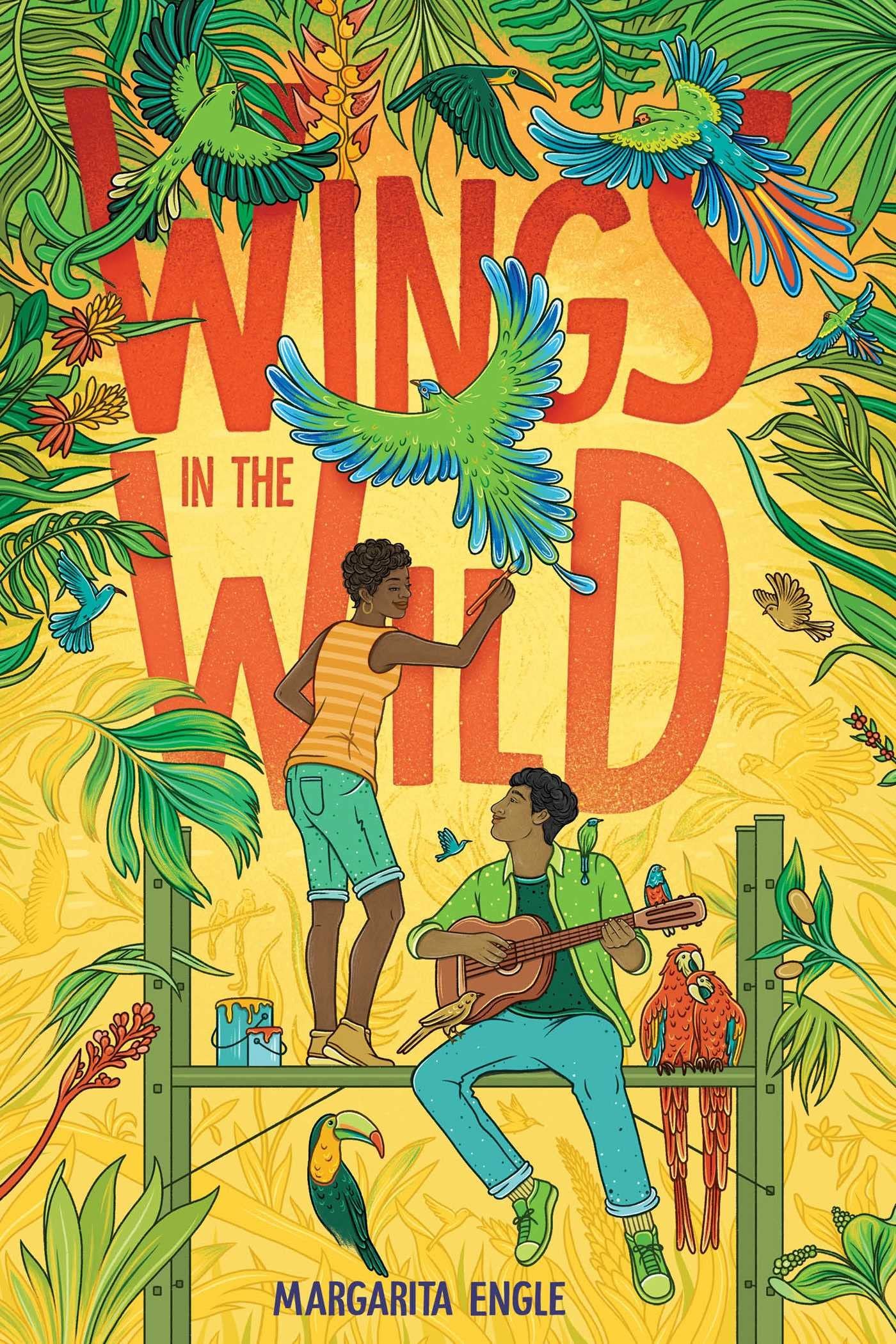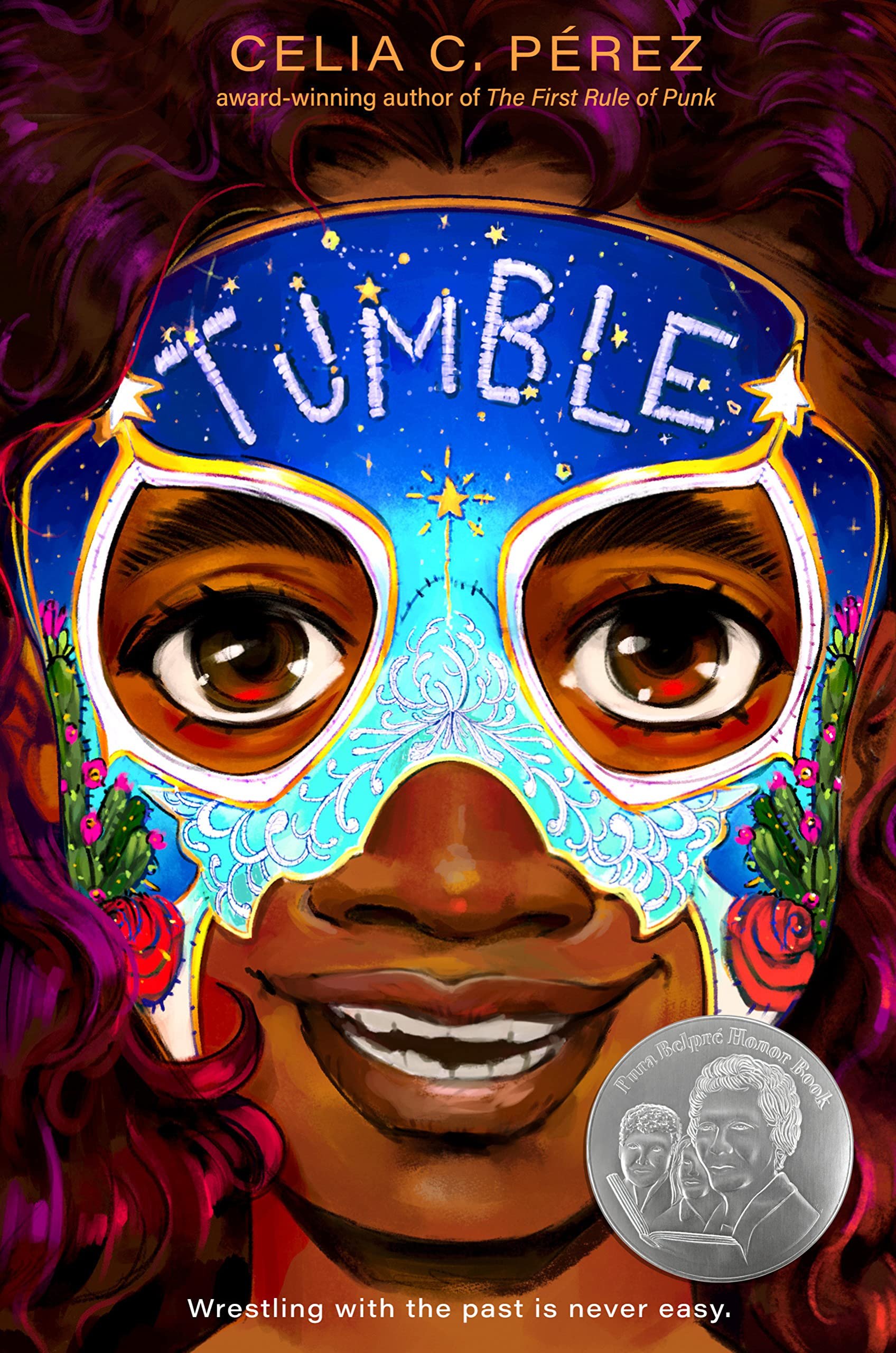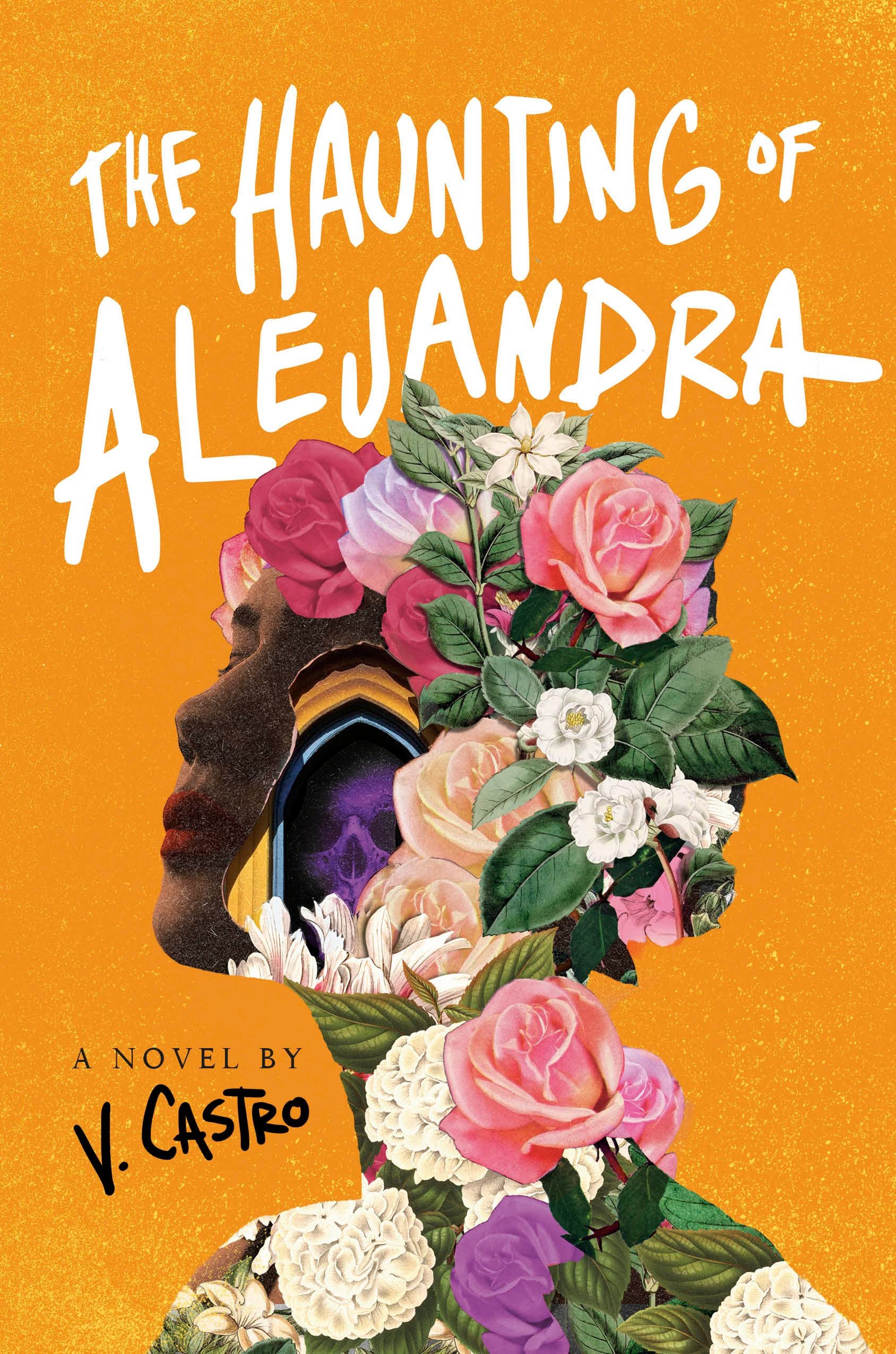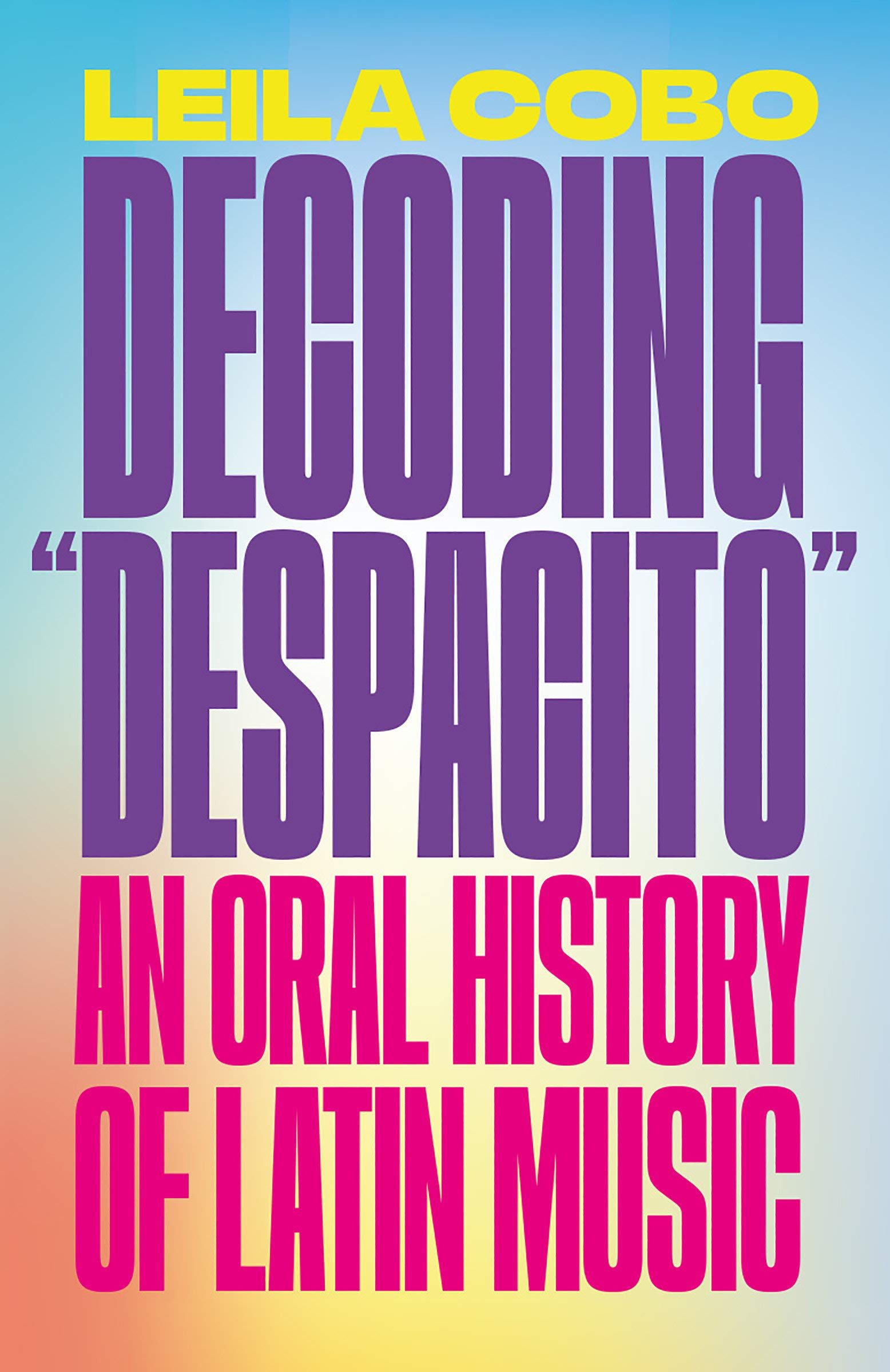The Worry Balloon is written by Monica Mancillas with beautiful illustrations done by Betty C. Tang. The book follows Isla who is experiencing anxiety about her first day of school. The big “what if” questions plague her mind as the first day looms closer, but fortunately, her mom is there to help. Her mother teaches Isla a trick, or a coping mechanism, to calm her worried thoughts. She is a beacon of comfort as she validates her daughter’s concerns. At the end of the book, additional coping mechanisms are provided along with a beautifully written author’s note that goes on to explain why the book was written.
““The Worry Balloon” is the type of book that I wish was available to me as a young girl. . . Mancillas is doing a service not just for children, but for anyone who is seeking coping mechanisms for their worries or concerns.”
The Worry Balloon is the type of book that I wish was available to me as a young girl. At a young age, I changed schools and this resource would have given me the skills that I needed to be brave, just like Isla. Mancillas is doing a service not just for children, but for anyone who is seeking coping mechanisms for their worries or concerns. This book is especially important for the Latinx community because mental health is a topic that is rarely talked about, in our community, and can even be even seen as taboo. This book creates mental health awareness, while opening the door for conversations to be held, in a gentle and validating manner.
MÓNICA MANCILLAS writes picture books, along with middle-grade nonfiction and fiction, that center on identity, culture, and mental health. She was born in Ensenada, Baja California, and then moved to the United States at the age of two. She is an alumna of the San Diego School of Creative and Performing Arts and has a B.A. in Anthropology from the University of California, Berkeley.
MELISSA GONZALEZ (she/her) is a UCLA graduate with a major in American Literature & Culture and a minor in Chicana/o & Central American Studies. She loves boba, horror movies, and reading. You can spot her in the fiction, horror/mystery/thriller, and young adult sections of bookstores. Though she is short, she feels as tall as her TBR pile. You can find Melissa on her book Instagram: @floralchapters





